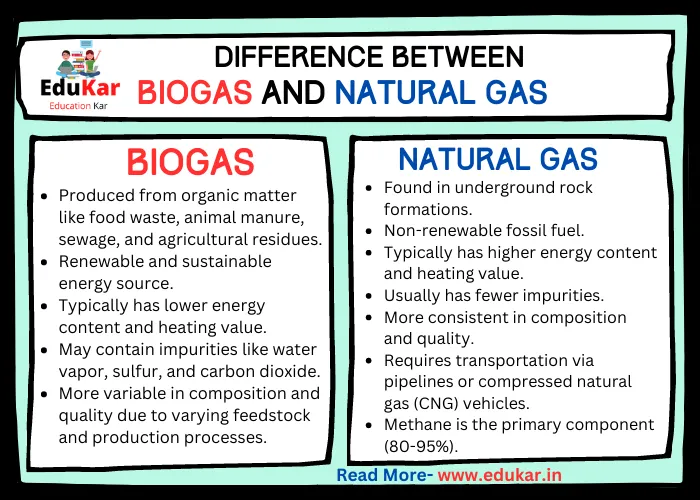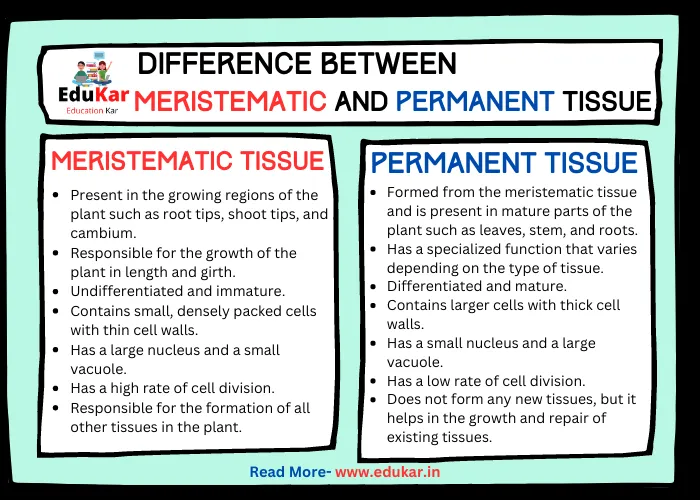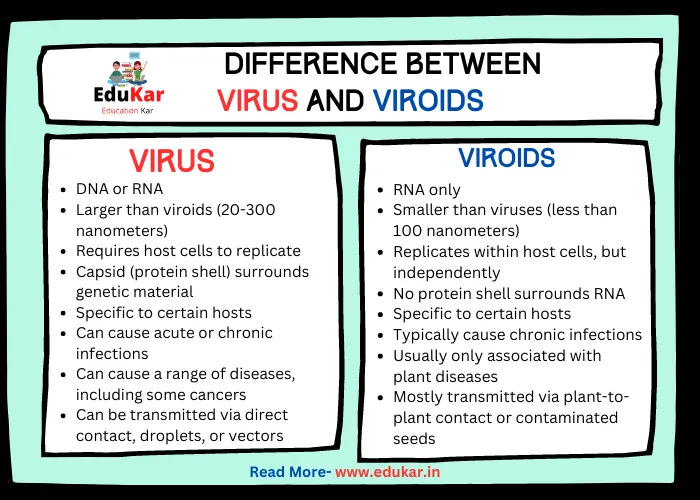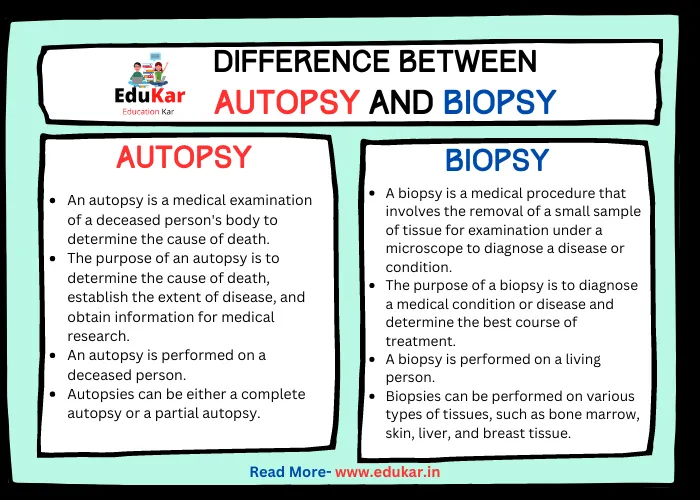Contents
- 1 Introduction
- 2 Autotrophic Nutrition
- 3 Heterotrophic Nutrition
- 4 Difference between Autotrophic Nutrition and Heterotrophic Nutrition
- 5 Conclusion
- 6 FAQs
- 6.1 What is Autotrophic nutrition?
- 6.2 What is Heterotrophic nutrition?
- 6.3 What are the main differences between autotrophic and heterotrophic nutrition?
- 6.4 Can organisms switch between autotrophic and heterotrophic nutrition?
- 6.5 How do autotrophs contribute to the food chain?
- 6.6 How do heterotrophs contribute to the food chain?
Learn about the key differences between autotrophic nutrition and heterotrophic nutrition. Autotrophs are organisms that can produce their own food using sunlight, whereas heterotrophs must consume other organisms to obtain nutrients. By understanding these two types of nutrition, readers can gain a better understanding of the diverse ways in which living organisms obtain the nutrients they need to survive.

Introduction
Nutrition is the process of taking in food, breaking it down and converting it into energy, nutrients and building blocks for the body. Autotrophic and heterotrophic nutrition are two ways in which living organisms obtain nutrition. Understanding the differences between autotrophic and heterotrophic nutrition is important because it helps us understand how living organisms sustain themselves and their place in the ecosystem.
Autotrophic Nutrition
Autotrophic nutrition is a type of nutrition in which organisms can produce their own food by using light energy and inorganic substances. They are also known as producers because they produce organic molecules from simple inorganic substances. Examples of autotrophs are plants, algae, and some bacteria.
Autotrophs use photosynthesis to produce their own food. In photosynthesis, light energy is converted into chemical energy, which is used to synthesize glucose from carbon dioxide and water. The glucose produced by photosynthesis is used to fuel the cellular activities of the autotroph. The process of photosynthesis also produces oxygen as a byproduct.
One of the major advantages of autotrophic nutrition is that it allows organisms to produce their own food, which means they are not dependent on other organisms for their nutrition. However, autotrophic organisms require a source of light energy to carry out photosynthesis, which limits their distribution to areas where light is available.
Heterotrophic Nutrition
Heterotrophic nutrition is a type of nutrition in which organisms cannot produce their own food and must obtain it from other organisms. They are also known as consumers because they consume other organisms to obtain their nutrition. Examples of heterotrophs are animals, fungi, and some bacteria.
Heterotrophs use various ways to obtain their nutrition such as predation, parasitism, saprophytism or symbiosis. Animals obtain their nutrition by eating other animals or plants, while fungi obtain their nutrition by breaking down dead organic matter. Parasites obtain their nutrition by feeding on the cells or fluids of other organisms.
One of the major advantages of heterotrophic nutrition is that it allows organisms to obtain nutrition from a wide range of sources, which increases their chances of survival. However, heterotrophic organisms are dependent on other organisms for their nutrition, which means they are vulnerable to changes in the availability of food.
Difference between Autotrophic Nutrition and Heterotrophic Nutrition
| Autotrophic Nutrition | Heterotrophic Nutrition | |
|---|---|---|
| Definition | A mode of nutrition in which organisms synthesize their own food from inorganic substances. | A mode of nutrition in which organisms obtain their food by consuming other organisms or organic matter. |
| Examples | Plants, algae, and some bacteria | Animals, fungi, and some bacteria |
| Energy Source | Light (in photosynthesis) or inorganic substances such as sulfur or iron compounds (in chemosynthesis) | Organic matter |
| Carbon Source | Carbon dioxide (CO2) | Organic molecules |
| Types | Photosynthesis (in plants, algae, and some bacteria) and Chemosynthesis (in some bacteria) | Holozoic (in animals and some protozoa), Saprophytic (in fungi and some bacteria), and Parasitic (in some animals, fungi, and bacteria) |
| Food Production | Organisms produce their own food through photosynthesis or chemosynthesis. | Organisms do not produce their own food and obtain it by consuming other organisms or organic matter. |
| Nutrient Requirement | Autotrophs require inorganic nutrients, such as nitrogen, phosphorus, and potassium, in addition to CO2 and water. | Heterotrophs require a range of organic nutrients, including carbohydrates, proteins, and lipids, as well as inorganic nutrients. |
| Trophic Level | Autotrophs are the primary producers and form the base of the food chain. | Heterotrophs occupy higher trophic levels and consume autotrophs and other heterotrophs. |
| Relationship with Environment | Autotrophs have a direct relationship with their environment and can control the availability of nutrients. | Heterotrophs have an indirect relationship with their environment and rely on the availability of food sources. |
| Cellular Respiration | Autotrophs perform cellular respiration to generate energy from their food. | Heterotrophs perform cellular respiration to generate energy from the organic molecules they consume. |
| Importance | Autotrophs play a crucial role in producing food and oxygen for other organisms, including humans. | Heterotrophs are important for consuming and breaking down organic matter, which helps to recycle nutrients and maintain ecosystem balance. |
Difference between autotrophic nutrition and heterotrophic nutrition in Points:
Definition: Autotrophic nutrition refers to the mode of nutrition in which organisms make their own food using simple inorganic substances, such as carbon dioxide and water, through the process of photosynthesis. Heterotrophic nutrition, on the other hand, refers to the mode of nutrition in which organisms obtain their food by consuming other living or dead organisms.
Energy Source: Autotrophs derive their energy from sunlight, which is converted into chemical energy through photosynthesis. Heterotrophs, on the other hand, derive their energy from the food they consume, which is already in a chemical form.
Carbon Source: Autotrophs utilize atmospheric carbon dioxide as their primary carbon source, while heterotrophs rely on organic compounds in their food as their carbon source.
Types of Organisms: Autotrophs are mostly plants, algae, and some bacteria. Heterotrophs can be further classified into herbivores, carnivores, omnivores, and decomposers, based on their food habits.
Types of Nutrition: Autotrophic nutrition is generally considered to be more primitive than heterotrophic nutrition. Heterotrophic nutrition can be further classified into saprophytic nutrition, parasitic nutrition, and holozoic nutrition.
Conclusion
Autotrophic and heterotrophic nutrition are two ways in which living organisms obtain nutrition. Autotrophic organisms can produce their own food, while heterotrophic organisms must obtain their food from other organisms. Understanding the differences between autotrophic and heterotrophic nutrition is important because it helps us understand how living organisms sustain themselves and their place in the ecosystem.
FAQs
What is Autotrophic nutrition?
Autotrophic nutrition is the process by which organisms synthesize their own organic compounds using inorganic substances such as carbon dioxide, water, and sunlight.
What is Heterotrophic nutrition?
Heterotrophic nutrition is the process by which organisms obtain organic compounds from other organisms or their by-products, through processes such as ingestion, absorption, or symbiosis.
What are the main differences between autotrophic and heterotrophic nutrition?
The main difference between autotrophic and heterotrophic nutrition is the source of organic compounds that organisms use to sustain their metabolism. Autotrophic organisms synthesize their own organic compounds, while heterotrophic organisms obtain them from external sources. Additionally, autotrophs require inorganic substances such as carbon dioxide and water, as well as sunlight, while heterotrophs require organic compounds such as carbohydrates, lipids, and proteins.
Can organisms switch between autotrophic and heterotrophic nutrition?
Some organisms have the ability to switch between autotrophic and heterotrophic nutrition depending on environmental conditions. For example, some algae can switch from autotrophic nutrition in the presence of sunlight to heterotrophic nutrition in the absence of light.
How do autotrophs contribute to the food chain?
Autotrophs are the base of the food chain, as they synthesize organic compounds that are consumed by heterotrophs. Without autotrophs, heterotrophs would not have a source of organic compounds to sustain their metabolism.
How do heterotrophs contribute to the food chain?
Heterotrophs consume autotrophs and other heterotrophs to obtain the organic compounds they need to sustain their metabolism. They are responsible for recycling organic matter and nutrients back into the ecosystem through processes such as decomposition.
















